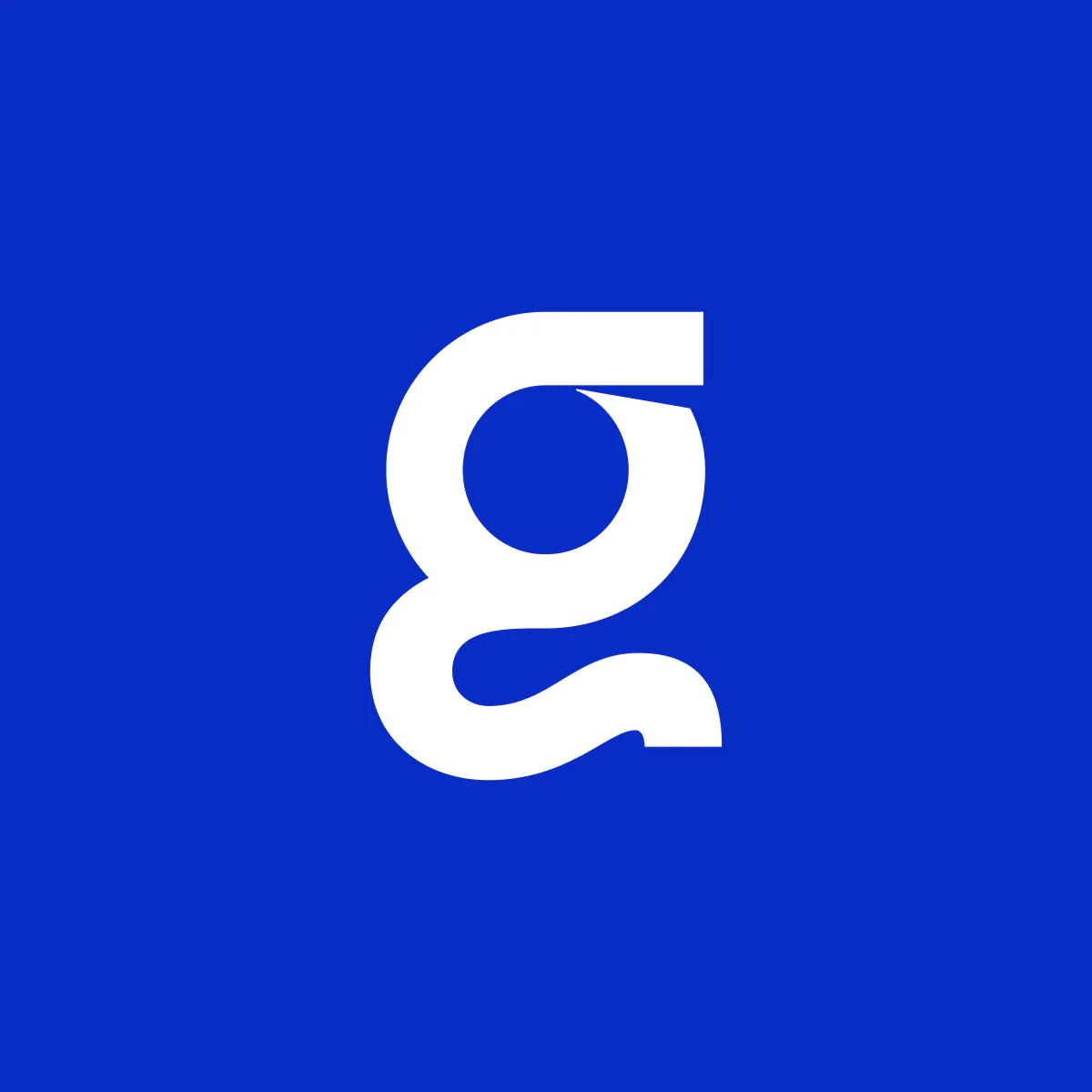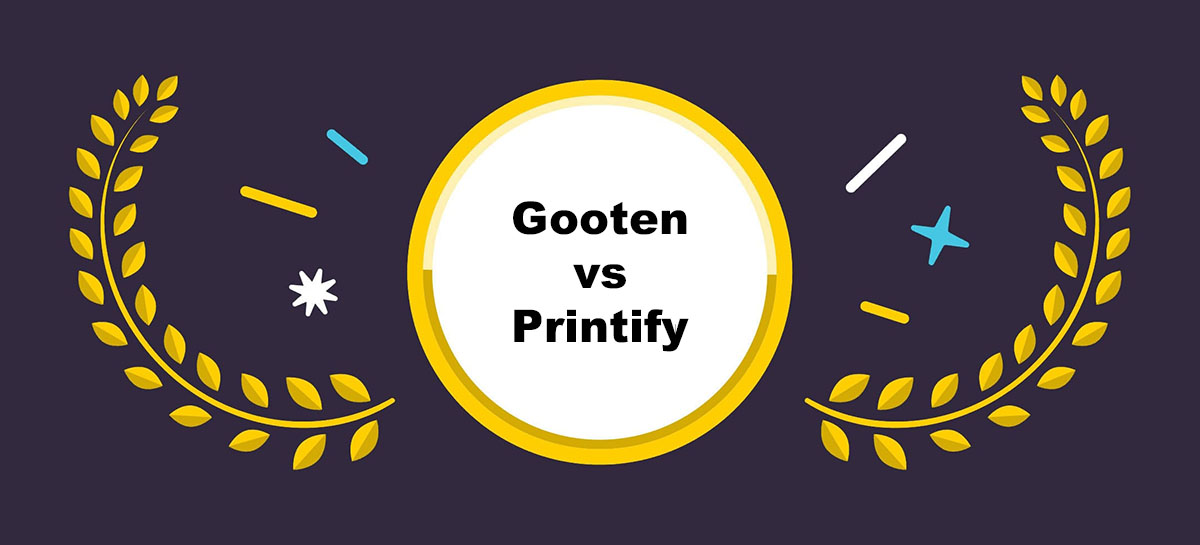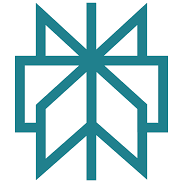If you’re deciding between Gooten and Printify for your print-on-demand business, here’s the short answer: Printify is best if you’re looking for simplicity and variety. Gooten is better if you want more control and better scalability.
I’ve used both for different stores and campaigns.
After running side-by-side tests, here’s my honest comparison — feature by feature — so you can pick the right one for your store.
Gooten vs Printify: Quick Verdict
Printify – Best for new sellers, Etsy/Shopify integration, and product variety
Gooten – Best for experienced store owners managing large volumes and backend ops
Quick Comparison: Gooten vs Printify
| Feature | Printify | Gooten |
|---|---|---|
| Product Range | 900+ items | 150+ items |
| Integrations | Shopify, Etsy, WooCommerce, Wix | Shopify, Etsy, BigCommerce, WooCommerce |
| Branding | Limited | White-label, branded slips |
| Fulfillment | External providers | Managed through Gooten’s vendor network |
| Shipping | Varies by provider | Global tracking and batching |
| Pricing | Free + $29/mo Premium | Free |
| Order Management | Basic automation | Workflow batching, routing, PO tagging |
| Support | Email/chat, priority for Premium | Email/chat, slower response times |
Best for Product Range: Printify
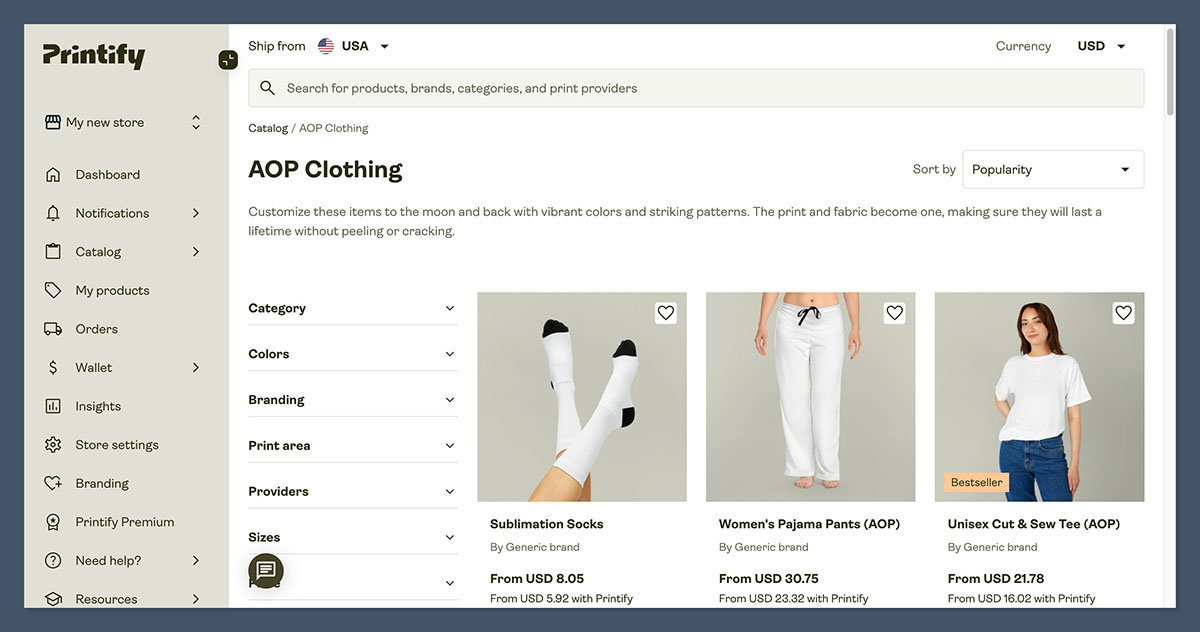
If you care about having a large catalog to test ideas, Printify has the edge. With over 900+ products from 90+ global providers, it’s easy to find everything from standard tees and hoodies to yoga mats, stickers, water bottles, canvas prints, and even pet accessories.
You can launch niche collections using Printify’s variety without ever needing to switch platforms. When I needed to test different categories quickly — like switching from apparel to home decor — I didn’t have to leave the dashboard.
This kind of range is powerful when you’re still figuring out what sells. Whether you’re building a general store or targeting micro-niches, having hundreds of options makes testing easy.
Here’s where Printify stands out:
- You can compare multiple suppliers for the same product, checking price, location, and average production time.
- Print quality, pricing, and shipping policies vary depending on the supplier, so testing product samples is essential before scaling up.
- Shipping times are provider-dependent, but they generally offer solid coverage in the US, EU, and select international markets.
- You can switch suppliers for the same product without rebuilding the listing, which is useful if a vendor goes out of stock or raises prices.
Gooten, by contrast, offers around 150 products.
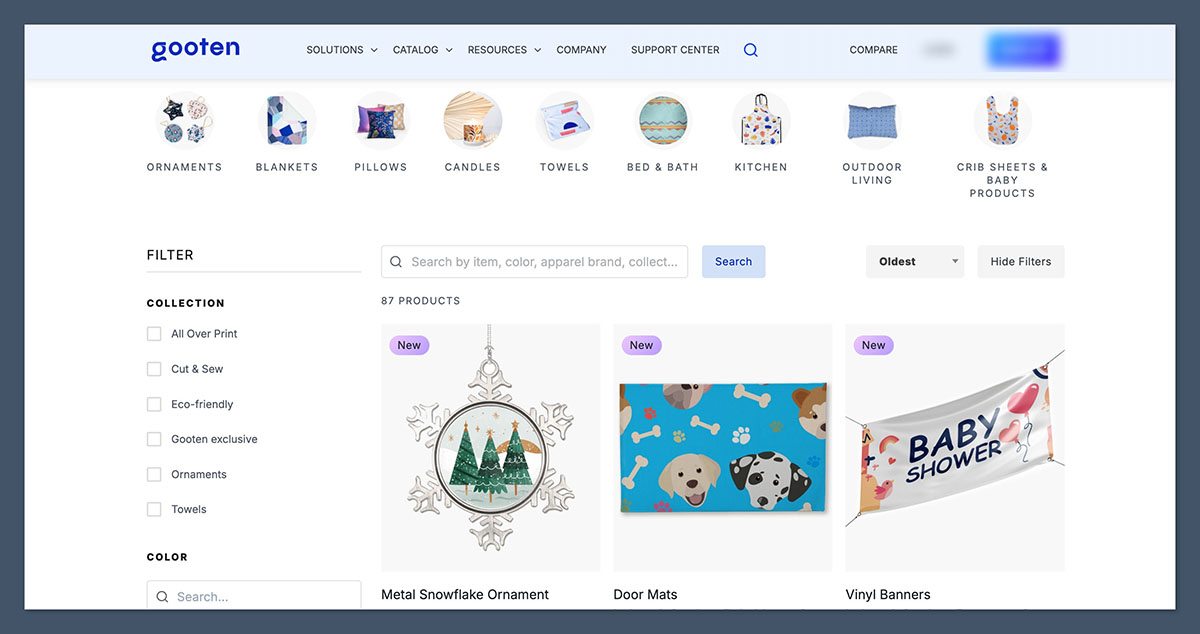
While that’s a much smaller catalog, the range is carefully curated. You’re less likely to encounter low-quality variants because Gooten maintains closer control over who fulfills their products.
- Product lines focus on core ecommerce winners: apparel, home decor, accessories, wall art, and lifestyle.
- Gooten routes orders through its backend and coordinates vendors directly, which helps with consistent output.
- Fewer choices make Gooten easier to manage if you’re not constantly testing or rotating SKUs.
| Product Type | Printify Options | Gooten Options |
|---|---|---|
| T-Shirts | 100+ styles | 40+ styles |
| Wall Art | 50+ options | 25+ options |
| Drinkware | 80+ items | 20+ items |
| Accessories | 60+ SKUs | 15–20 SKUs |
| Home Decor | Extensive range | Curated range |
Verdict:
Printify wins on range and flexibility. It’s ideal for sellers who want to experiment, launch niche designs, or compare vendors for price and delivery.
Gooten is more curated, but not as experimental — which can be good or bad depending on how you run your store.
Best for Pricing and Margins: It’s a Draw (Depending on Volume)
When it comes to pricing, both platforms offer clear paths — but which one works best depends on how many orders you’re fulfilling every month.
Printify gives you instant savings with its Premium plan at $29/month, which unlocks 20% off all product costs.
This alone can add a few dollars of profit per order, depending on the SKU. If you’re selling even 30 to 50 orders a month, the subscription often pays for itself.
Gooten, on the other hand, doesn’t charge a subscription at all. Instead, it works on a volume-based discount system:
- You start at retail base pricing.
- Once you cross a specific sales threshold (which Gooten sets), you unlock tiered discounts.
- If you’re moving high volume consistently, you can request custom pricing through their Partner Program, especially for B2B or bulk campaigns.
This model is better suited to sellers who already have traction and need margin flexibility without paying upfront fees.
| Plan | Printify | Gooten |
|---|---|---|
| Monthly Cost | Free or $29/month (Premium) | Free |
| Discounts | 20% off with Premium | Volume-based, starts around 5% |
| Margin Strategy | Instant savings with Premium | Gradual scaling based on orders |
| Best For | 30–300 monthly orders | 100+ monthly orders |
Some other key points:
- Gooten’s base product prices can be higher initially, but discounts scale well.
- Printify’s Premium pricing can be stacked with other seasonal deals or shipping promos.
- If you’re just starting out, the Printify Free plan is fine — but margins are tight without the Premium discount.
Verdict:
Printify is better for low-to-mid sellers who want predictable margins now and don’t mind paying a small monthly fee.
Gooten is better for established sellers optimizing profits through scale. If you’re planning a high-volume campaign or already past the 100+ order range per month, Gooten becomes more attractive over time.
Best for Fulfillment and Operations: Gooten

This is where Gooten starts to pull ahead.
Fulfillment isn’t just about printing and shipping — it’s about how orders are routed, tracked, and managed across your store(s).
Gooten doesn’t just hand you off to a print provider and hope for the best. It functions more like a backend logistics partner.
Unlike Printify, which connects you to individual providers and leaves you to manage each one, Gooten centralizes your workflow:
- You submit your orders once, and Gooten handles routing and production behind the scenes.
- Their dashboard lets you batch orders, tag workflows, and manage complex campaigns or bulk fulfillment jobs.
- Gooten’s system includes purchase order management, error flagging, and order rerouting — useful for high-volume sellers or B2B teams.
- You get better visibility into how your orders are performing, and the platform is designed to minimize manual work.
This structure creates operational consistency. You don’t need to worry about one provider going offline or running out of stock — Gooten’s system can reroute that order to another vendor without you stepping in.
By contrast, Printify’s fulfillment process is more hands-off, but that means you’re responsible for switching providers if something breaks.
If a vendor runs out of a popular size or shipping times increase, you’ll need to manually change the provider and reassign the SKU. It works fine when you’re small, but the overhead builds fast.
| Fulfillment Feature | Printify | Gooten |
|---|---|---|
| Central Order Management | No | Yes |
| Auto-Routing of Orders | No | Yes |
| Batch Fulfillment Tools | Basic | Advanced |
| Order Flagging & Workflows | No | Built-in |
| Multiple Store Handling | Manual | Streamlined |
Verdict:
Gooten wins for backend logistics, order batching, and white-label control.
If you’re scaling into serious volume, managing multiple brands, or doing B2B fulfillment, Gooten is the more stable and efficient choice.
Best for Branding and Packaging: Gooten
When you’re building a real brand, packaging matters.
The unboxing experience can influence everything from repeat purchases to Instagram shoutouts. That’s where Gooten has a strong advantage.
Printify offers limited branding options, and they depend entirely on the individual provider. A few vendors will include your logo on the packing slip, but that’s about as far as it goes.
There’s no platform-wide branding support, and packaging is generic by default.
Gooten, on the other hand, offers:
- Custom packing slips with your store name, logo, and a branded message.
- White-label shipping that removes any third-party branding from the customer-facing side.
- A consistent branded experience across all your shipments, regardless of vendor.
This isn’t just cosmetic. Branding consistency matters more as your store scales. It signals professionalism, builds trust, and keeps your business front-of-mind with the customer.
You also avoid the awkwardness of receiving a message like, “Hey, why does my order say it came from XYZ Print Company instead of your store?”
| Branding Feature | Printify | Gooten |
|---|---|---|
| Custom Packing Slips | Limited, vendor-based | Yes, platform-wide |
| White-Label Shipping | Not standard | Included |
| Branding Consistency | Varies | Consistent |
Verdict:
Gooten takes the lead with consistent, professional branding across all orders. It’s the better platform if you want your POD business to feel like a polished brand — not just a side hustle.
Best for Integration and Platforms: Tie
When it comes to integrations, both platforms have you covered with direct connections to most major ecommerce platforms.
Whether you’re building on Shopify, scaling on WooCommerce, or growing an Etsy store, they both support smooth product syncing and order automation.
Printify Integrations
- Shopify
- Etsy
- WooCommerce
- Wix
Gooten Integrations
- Shopify
- Etsy
- WooCommerce
- BigCommerce
If you’re running on BigCommerce, Gooten will be your only direct option. Printify doesn’t currently offer a native BigCommerce app, although you could build a connection using their API.
Both platforms also offer public APIs for custom stores and headless ecommerce builds. If you’re running something custom, you’ll get the flexibility you need either way.
Verdict:
It’s a tie. Both platforms do the job well. Choose based on which CMS or marketplace you’re using — or go with the one that fits your stack best.
Best for Ease of Use: Printify
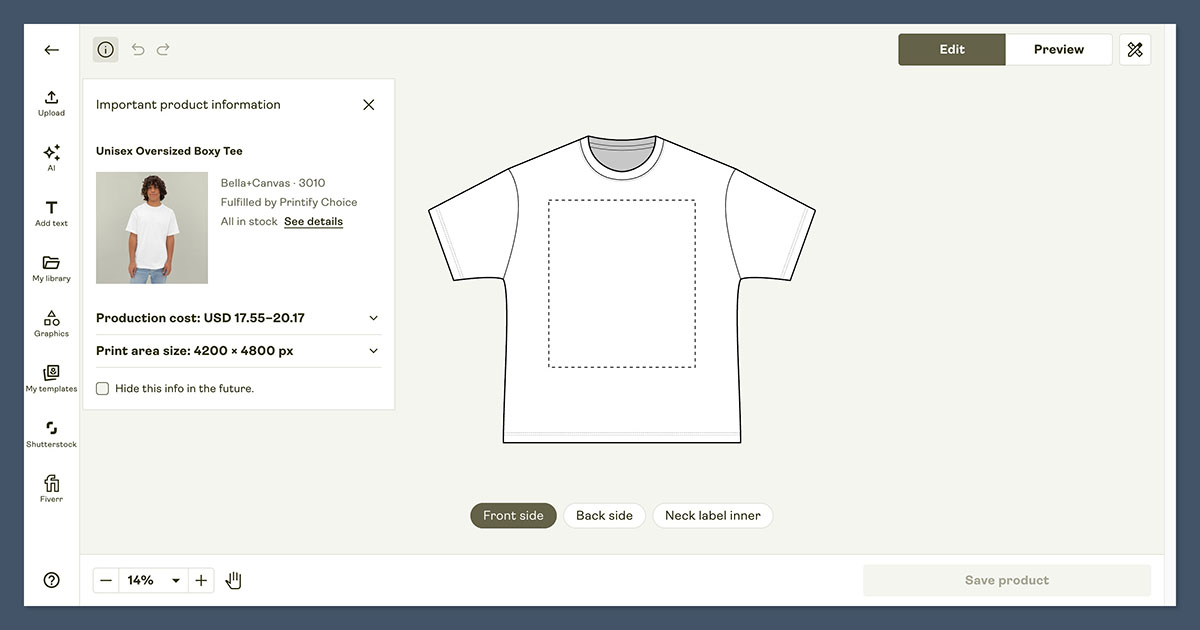
Printify’s interface is one of the most beginner-friendly in the POD world. If you’re starting a store and want to get products up and live quickly, it’s an ideal choice. You can:
- Publish to Etsy or Shopify in 2–3 clicks, without coding or apps.
- Create product mockups directly in the dashboard and push them live.
- Filter and compare providers by shipping times, print quality, and pricing to make smart decisions on the fly.
There’s also an integrated product editor that lets you place your designs, tweak placement, and generate preview images — all without leaving the app.
Gooten’s backend is more advanced but also less intuitive.
It’s built for operators managing logistics, not casual creators making a few t-shirts. Once you know the workflow, it’s solid, but there’s more configuration involved. Some sellers find the learning curve steep at first.
| Feature | Printify | Gooten |
|---|---|---|
| Onboarding | Fast and guided | More technical |
| Interface Design | Clean and intuitive | Functional but less polished |
| Product Editor | Built-in mockup generator | Separate upload + sync tools |
| Provider Comparison Tool | Yes | No |
Verdict:
Printify is easier to learn and faster to set up.
If you’re looking to launch quickly or test ideas with minimal setup, it’s the better pick. Gooten is great once you scale and need more robust operations.
Best for Customer Support: Printify (Barely)
When something goes wrong — a print error, a late shipment, a missing tracking update — support speed matters.
I’ve had to rely on both Printify and Gooten’s teams during launch windows, and Printify consistently came through faster.
Printify Support
- Email and live chat support (Premium users get faster responses)
- A searchable Help Center with how-to guides and troubleshooting articles
- Active community forums and a growing knowledge base
Gooten Support
- Email and chat-based support only
- Response times are slower, especially during peak Q4 periods
- Their Help Center is useful but more focused on technical documentation than tutorials
In my experience, Printify’s Premium support queue gets responses within 24 hours, sometimes faster. Gooten can take 48 hours or more, depending on the issue and time of year.
Verdict:
Printify wins by a small margin due to faster response times, a larger support library, and a more helpful community.
Both are fine — but if you’re on a tight deadline or handling customer complaints, speed makes a difference.
Final Verdict: Gooten or Printify?
Here’s the bottom line:
| Use Case | Recommended Platform |
|---|---|
| Beginners and casual sellers | Printify |
| High-volume or B2B sellers | Gooten |
| Wanting lots of product options | Printify |
| Need backend order control | Gooten |
| Branded experience | Gooten |
| Plug-and-play ease | Printify |
If you’re just getting started with Shopify or Etsy, go with Printify and consider upgrading to Premium once you start selling.
If you’re already selling 100+ units per month, need custom workflows, or run multiple stores, Gooten will help you scale without the chaos.

